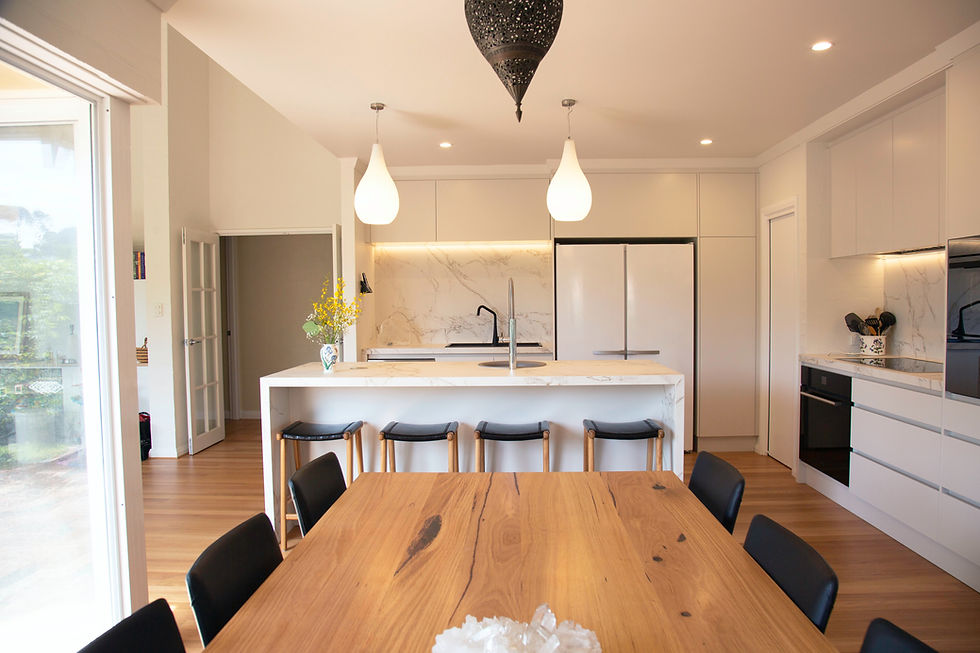How to Turn a Fixer-Upper into a Profitable Rental Property
- XL Props

- Dec 24, 2024
- 3 min read

Investing in a fixer-upper can be a rewarding way to build wealth and generate passive income. However, turning a distressed property into a profitable rental takes strategy, careful planning, and a clear understanding of the process. From purchasing the right property to making targeted renovations, here’s how to transform a fixer-upper into a cash-flowing rental property.
1. Find the Right Fixer-Upper
The first step in this journey is finding a property with potential. Here’s what to look for:
Location, Location, Location: Choose neighborhoods with high rental demand, access to amenities, and proximity to schools, public transport, or businesses.
Value Potential: Look for properties priced below market value that need cosmetic updates rather than major structural repairs.
Research the Market: Understand the average rent prices in the area to ensure the property will generate positive cash flow after renovations.
Inspect Carefully: Always conduct a professional inspection to identify hidden costs such as plumbing, roofing, or foundation issues.
2. Budget and Plan Renovations Strategically
Not all renovations are created equal. The key to profitability is investing in upgrades that will increase the property’s value and appeal to tenants without overextending your budget.
Prioritize Key Areas:
Kitchen: Upgrade countertops, appliances, and cabinets for a modern look.
Bathrooms: Replace old fixtures, update tiling, and ensure everything is functional.
Curb Appeal: First impressions matter—focus on landscaping, a fresh coat of paint, and exterior upgrades.
Safety and Functionality: Ensure HVAC, plumbing, electrical systems, and roofing are up to code and in good condition.
Stick to a Budget:
Set a renovation budget based on your purchase price, repair estimates, and expected rental income. A common rule of thumb is to keep total costs (purchase + renovations) at 70-75% of the property’s after-repair value (ARV).
3. Understand Financing Options
Renovating a fixer-upper requires capital, so understanding your financing options is crucial.
Traditional Mortgages: Ideal if the property is livable during the renovation process.
FHA 203(k) Loans: Designed for fixer-uppers, allowing you to combine purchase and renovation costs into a single loan.
Private or Hard Money Loans: Useful for investors seeking fast approval, though these often come with higher interest rates.
Home Equity Loans/Lines of Credit: Tap into the equity of another property you own for funding.
4. Renovate with Tenants in Mind
When designing and renovating the property, think about your target tenants and their needs.
Durable Materials: Use materials that withstand wear and tear, like vinyl flooring or quartz countertops.
Neutral Colors: Choose neutral tones to appeal to a wider audience.
Energy Efficiency: Install energy-efficient windows, appliances, and lighting to attract cost-conscious tenants.
Smart Features: Adding smart locks, thermostats, or security systems can make the property more attractive.
5. Set Competitive Rental Rates
Once renovations are complete, determine your rental rate by evaluating market trends. Use these strategies to find the sweet spot:
Market Research: Check comparable properties in the area.
Calculate ROI: Ensure your rental income covers expenses like mortgage payments, maintenance, and property management fees while providing positive cash flow.
Adjust for Upgrades: If your property offers superior features (e.g., modern kitchen, smart home systems), you can price it slightly higher.
6. Market Your Property
Attract quality tenants with effective marketing.
High-Quality Photos: Showcase the renovated property with professional photos.
Online Listings: Post on platforms like Zillow, Craigslist, or local rental sites.
Highlight Features: Emphasize new upgrades, energy-efficient appliances, and desirable amenities.
Partner with Professionals: A property management company can handle advertising, tenant screening, and leasing.
7. Manage the Property Efficiently
To maintain profitability, you need to manage your rental effectively.
Screen Tenants: Conduct background checks, credit evaluations, and reference calls to ensure reliable renters.
Stay on Top of Maintenance: Address issues promptly to keep tenants happy and avoid costly repairs down the road.
Reinvest in Upgrades: Set aside a portion of rental income for ongoing property improvements.
How XL Property Can Help You Succeed
Turning a fixer-upper into a profitable rental property is no small task—but you don’t have to do it alone. At XL Property & Contracting, we specialize in helping property investors every step of the way:
Finding the Right Property: With our knowledge of the Milwaukee market, we can help you identify fixer-uppers with the best ROI potential.
Renovating Strategically: Our team will manage renovations from start to finish, focusing on cost-effective upgrades that attract tenants and boost property value.
Property Management Expertise: Once your rental is ready, we can help you find reliable tenants and ensure smooth day-to-day operations.
Ready to turn your fixer-upper into a profitable rental? Contact XL Property today and let’s make your investment work for you.




Comments